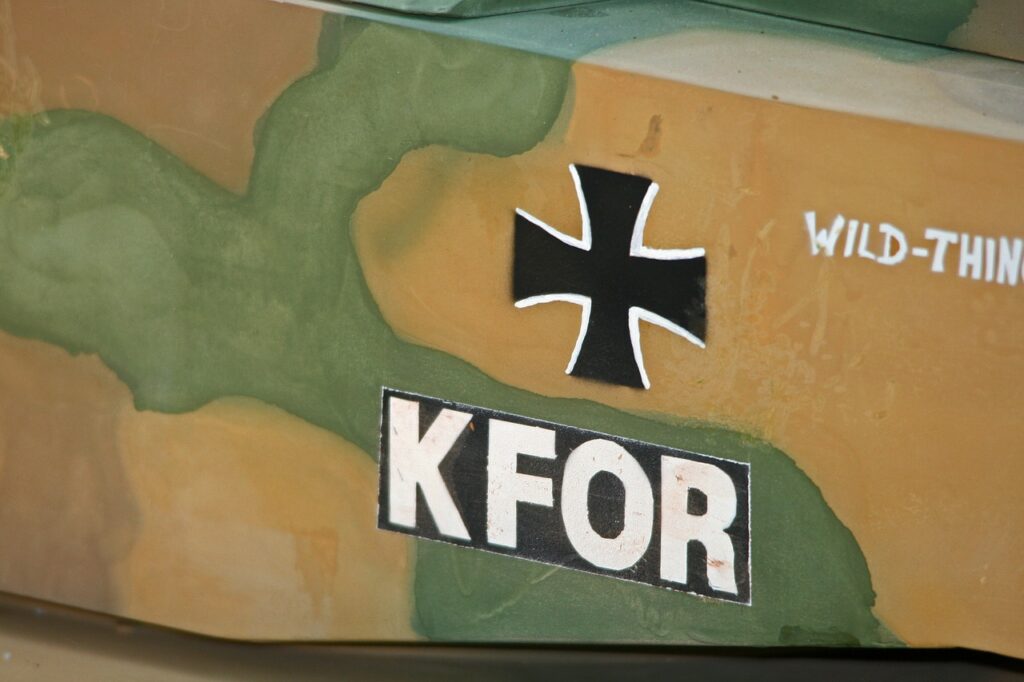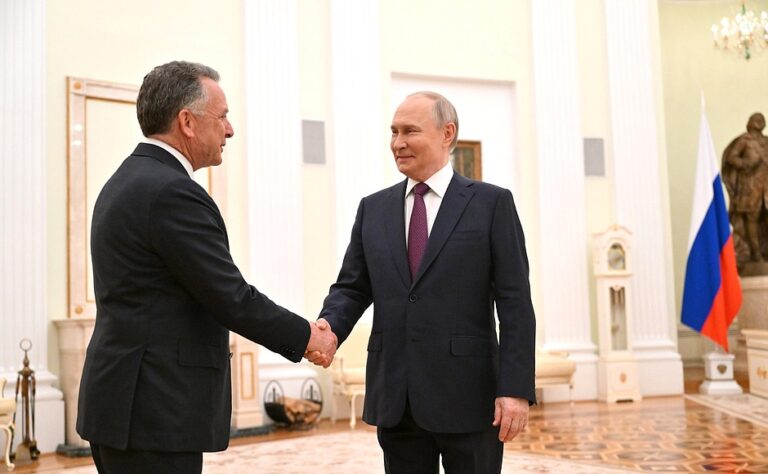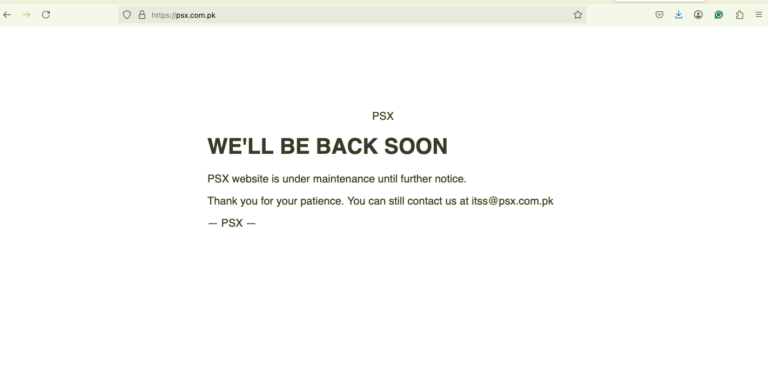
Spotlight: The edgy relationship between Kosovo and Serbia
 By Venkatesh Raghavan
By Venkatesh Raghavan
The violence in Kosovo and its edgy relationship with Serbia culminating in the beefing up of the Serbian military in Kosovo’s northern border sends ominous signals of another potentially explosive situation in Europe. Already the continent is witnessing a protracted conflict between Russia and Ukraine.
At an informal NATO ministerial meeting in Oslo earlier this month, many allies expressed concern about increased tensions in northern Kosovo and strongly condemned the recent attacks on the troops of the NATO-led international peacekeeping force in Kosovo, the Kosovo Force (KFOR). They called on the Governments of both Kosovo and Serbia to take immediate steps to de-escalate tensions and renew efforts to implement the European Union-led normalization agreements.
Kosovo continues to face skirmishes ever since its liberation from Serbia on February 17, 2008, after receiving support from NATO troops. It has now turned into a melting pot of hostilities owing to an ethnic Serbian majority mob that sparked riots in its northern region. The local police being assisted by the NATO peace-keeping troops managed to quell the violence after loss of lives were reported on both sides.
The United Nations Secretary-General has expressed his concern about the situation there and condemned the violence that is being seen there.
Serbia, citing historic reasons dating back to their victory over the Ottoman Turks towards the end of the 14th century, are recalcitrant on permitting any formal recognition to Kosovo as an independent state. However, owing to the adequate support it is receiving from NATO in the form of peace-keeping troops, in addition to formal recognition from 100 nation-states, that include the US, Russia, China and European Union members, the fight between the two warring neighbours seems to be evenly poised.
The United States of America feels that the most important thing is for both parties to de-escalate, stop engaging in unilateral actions, and return to the European Union-led dialogue. “That is the way forward,” US Secretary of State Antony J Blinken told media persons in Oslo on June 1, 2023.
The main trigger for the recent conflict situation dates back to November 2022 en masse resignations of Serbian administrative officers, judges and policemen. The spate of resignations was in protest against the Kosovo government insisting on having number plates on private vehicles in accordance with their licensing norms.
However, it is more deeply rooted in Kosovo’s northern territory having a majority of ethnic Serbians who refuse to recognize its independent statehood. Further, the Serbian majority in the Northern region boycotted the recently held civic elections. The boycotts led to ethnic Albanian mayors (Kosovo nationals) taking over the civic posts.
Mobs of protestors from the Serbian majority region provoked rioting and tried to physically block the mayors from assuming duty. The NATO peacekeepers along with support from Kosovo police managed to quell the violence by using tear gas shells to defuse the situation.
There are upward of 4000 NATO troops present in Kosovo to effect peacekeeping measures and also guard the country’s northern borders with Serbia, in the wake of mounting troop building under the diktat of Belgrade. NATO allies have sent an additional 700 troops to keep a check on the escalating trouble in the Central European zone.
Besides the northern Serb majority region, there are also Christian monasteries that have occupied Kosovo since medieval times. This forms the backbone of Serbian armed resistance to the existing independent state of Kosovo. While the Russian foreign minister Sergei Lavrov expressed concern about another inflammation taking place on European soils, the Chinese external affairs spokesperson called for measures that are conducive to the urgent restoration of peace in the region.
The carrot that is being dangled to both the warring countries is the promise to make them NATO member states. “We support the process of Euro-Atlantic integration for Kosovo and for Serbia, but the current escalation hinders – rather than helps – the efforts to move in that direction,” Blinken said.
The allies ask both sides to speed up their settlement for peace and restore political stability in the absence of which, both nations will face a downhill tumult in their economies and a higher number of skirmishes that will fuel heightened regional tensions.
The problem is accentuated by the presence of ultra-nationalist heads of state in both countries. While Kosovo is led by hardliner Albin Kurti, who bats for alignment with Albania, the Serbian side is headed by ultra-right President Aleksandar Vucic, who enjoys popularity with most of the Serbian masses. It is fingers crossed for the EU and other allies as both sides seem to be intransigent on not giving a square inch away.
“We’ve been very clear in our concerns about some of the recent actions that were taken. We’ve said that directly to the leaders involved, including Prime Minister Kurti. And we’re looking for both to act responsibly going forward,” Blinken said. With regard to Kosovo, he claimed that the escalation there and the actions taken there move both Kosovo and Serbia in the “wrong direction”.
NATO is looking for de-escalation of tension that is possible only when both sides avoid any unilateral actions, and return to the normalization process and the EU-led effort.
“That is what promises both of them a future of integration in the Euro-Atlantic community and in a sense when we’re talking about leverage, that’s it. That, I think, meets clearly the aspirations of people in both countries,” Blinken said.
With inputs from the global bihari bureau)





